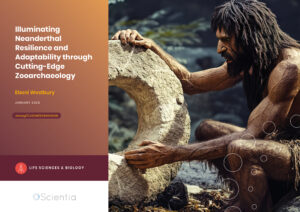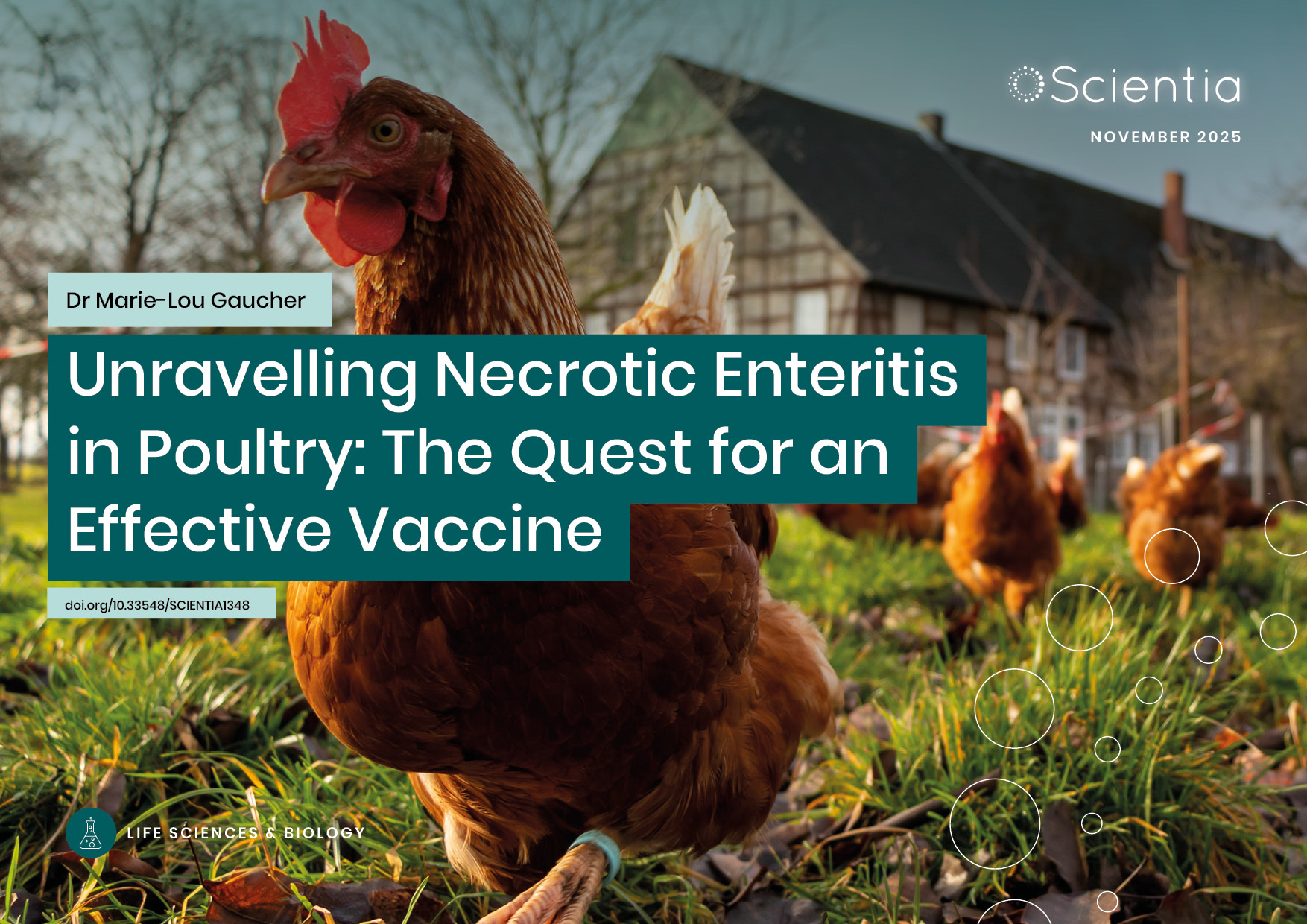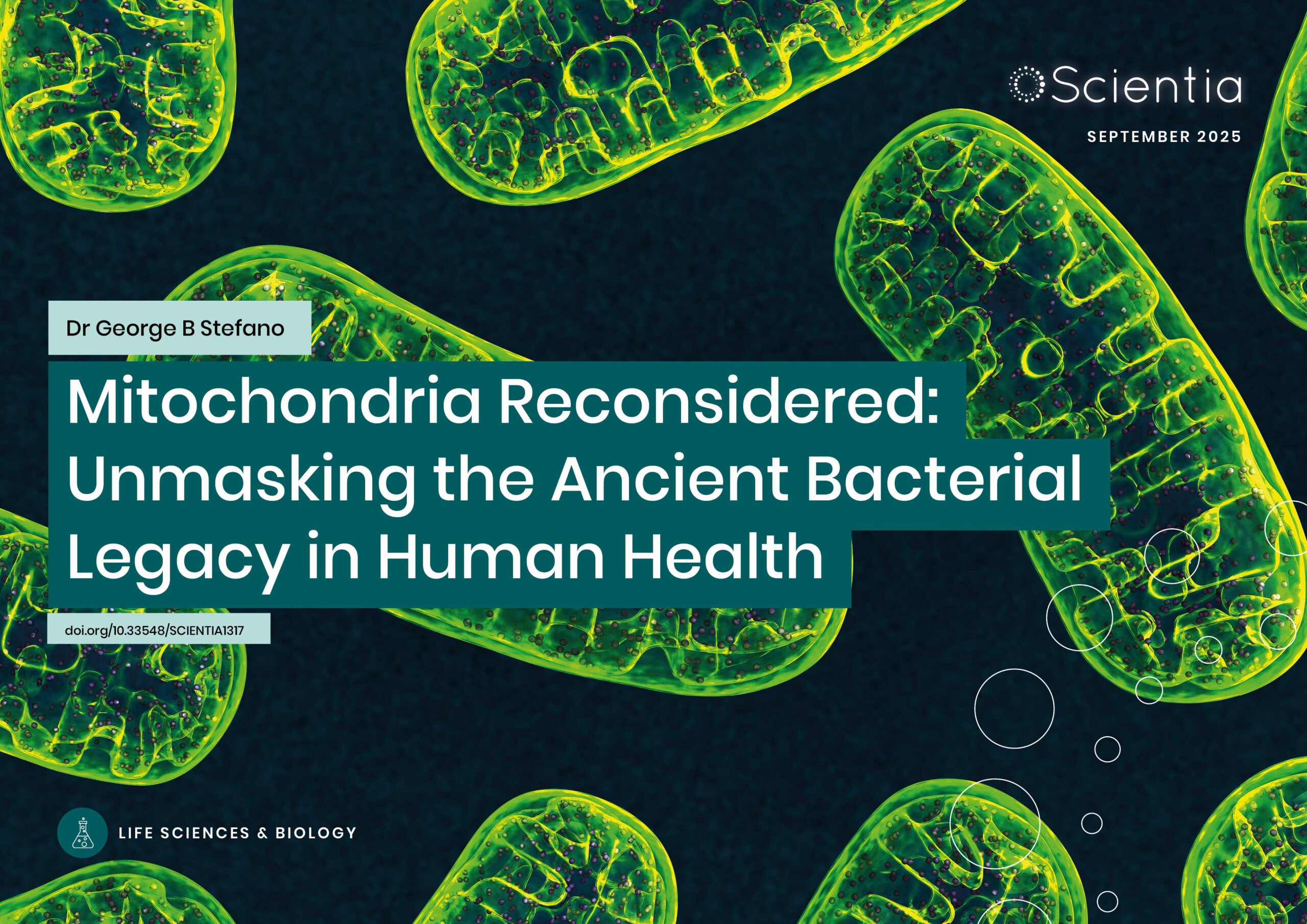Illuminating Neanderthal Resilience and Adaptability through Cutting-Edge Zooarchaeology
Neanderthals, our closest extinct human relatives, have often been portrayed as brutish and primitive compared to modern humans. But new research is shedding light on their true capabilities. Eboni Westbury from the Australian National University is part of a team investigating how Neanderthals adapted and thrived in challenging Ice Age environments. Their work at the Abric Pizarro rock shelter in Spain reveals new insights into the complex behaviours and survival skills of these ancient people.
Abric Pizarro: A Window into Neanderthal Resilience
Nestled in the foothills of the Spanish Pre-Pyrenees mountains lies the Abric Pizarro rock shelter. This site, which is 35 metres long and over six metres deep, contains a rich record of Neanderthal occupation dating back to a climatically turbulent period known as Marine Isotope Stage 4 (MIS 4), approximately 71,000 to 57,000 years ago. It has emerged as a key site for understanding Neanderthal life during this period, traditionally considered inhospitable for Neanderthal habitation due to the cold, extreme aridity, and shifting landscapes.
However, the archaeological record at Abric Pizarro tells a very different story, suggesting that Neanderthals were surprisingly resilient to these environmental challenges. As part of an international research team, Eboni Westbury is studying the animal remains left behind by Neanderthals to understand how they survived and even thrived during this time.
Test excavations were conducted in 2009. Also, another field season was undertaken in 2024. Using three-dimensional recording techniques, the researchers identified four discrete layers of Neanderthal occupation, labelled M, P, Q and S, separated by culturally sterile sediments. Radiocarbon and optically stimulated luminescence dating place the main occupation layers M and P firmly within MIS 4. Westbury meticulously examined over 246,000 animal bone fragments from levels M and P, which correspond to MIS 4 occupations of the site.
Diverse Diets and Adaptable Behaviours
To investigate Neanderthal subsistence strategies, Westbury conducted a comprehensive analysis of the large vertebrate remains from layers M and P. Over 10,000 bone fragments were studied, with the team identifying the species present, age at death, and any marks left by Neanderthal butchery or carnivore scavenging.
The results portray Neanderthals as adaptable and skilled hunters, exploiting a wide variety of animals from small prey like rabbits up to massive herbivores including bison, rhinoceros and extinct cattle called aurochs. Deer and other medium-sized game were the most common, but the Neanderthals clearly adjusted their diet to what was available in the rugged mountain landscape.
As Westbury explains, the diverse fauna, methodical hunting practices, and deliberate butchery behaviours offer a comprehensive understanding of Neanderthal subsistence during the Middle Palaeolithic in the southeast Pre-Pyrenees region. Crucially, the evidence suggests Neanderthals were deliberately targeting prime-aged adult animals, which would have provided the maximum return of meat, marrow and fat to sustain them. This implies sophisticated knowledge of animal behaviour and selective hunting strategies.
Putting the Pieces Together
While Abric Pizarro provides a wealth of zooarchaeological data, fully interpreting the results requires putting all the pieces together. Westbury is currently undertaking studies to understand how the bones accumulated and preserved over time, as well as innovative spatial analyses to map precisely where each fragment was recovered within the rock shelter.
As well as the large vertebrates, the layers contain tantalising evidence of small game exploitation including rabbits and tortoises, which the team are subjecting to detailed study. Integrating all these faunal components will allow the team to reconstruct a vivid picture of Neanderthal life in the rugged Pre-Pyrenees. Westbury suggests that, far from the harsh landscape previously imagined, the warm, stable environment and abundance of temperate species like deer and tortoises at the Abric Pizarro site likely made the region attractive to Neanderthals.

Decoding Neanderthal Subsistence Strategies
The Abric Pizarro bones also preserve a detailed record of intensive Neanderthal carcass processing, aimed at extracting every last calorie. The long bones of the prey animals showed frequent spiral fracturing, which is associated with breaking open fresh bones to access the marrow inside.
Detailed microscopic studies revealed cut marks from stone tools used to strip meat off the bones, as well as percussive impact marks from smashing them open. Some bones had been so heavily fragmented that they showed a distinctive ‘stepped’ breakage pattern. According to Westbury, this intensive processing may suggest the Neanderthals were under nutritional stress, even if they were successfully hunting large game.
Similar ‘intensive processing’ has been observed at other Neanderthal sites during both warm and cold periods. Westbury notes that the pronounced intensity of butchery activities at Abric Pizarro, aimed at maximising caloric extraction from prey, even during periods of relative climatic stability, suggests that Neanderthals regularly engaged in intensive processing of carcasses. This possibly indicates that nutritional stress commonly affected Neanderthals throughout glacial and interglacial periods.
The placement of the cut marks and percussion marks also points to systematic butchery practices, with the Neanderthals selectively removing the most meat-rich elements like the hind limbs to bring back to the shelter. This strategy may have been necessary, given the challenging terrain around the site.
A New Open-Access Method for Analysing Butchery Marks
In addition to her work at Abric Pizarro, Westbury has developed an innovative open-access method for spatially analysing butchery marks using QGIS software. This approach, recently published in the International Journal of Osteoarchaeology, allows researchers to map and interpret the distribution of slicing, scraping, and tooth marks on bones in unprecedented detail.
By applying this spatial analysis to the Abric Pizarro assemblage, Westbury aims to gain even deeper insights into Neanderthal butchery sequences and decision-making. The method also has broad applicability for zooarchaeological research worldwide, democratising access to powerful analytical tools.
Connecting Continents, Illuminating Human Origins
For Westbury, the thread connecting her Neanderthal research in Europe with her work on ancient Aboriginal sites in Australia is a fascination with the diversity and ingenuity of early human populations. It is remarkable to think that while Neanderthals were thriving in the challenging environments of Ice Age Europe, modern humans were establishing themselves in the vast landscapes of Australia. Both populations were adapting to their unique circumstances, developing complex cultures and technologies to do so. Studying these parallel journeys enriches our understanding of the human story.
As Westbury continues her groundbreaking research, integrating cutting-edge spatial analysis with traditional zooarchaeological methods, she is helping to rewrite the narrative of Neanderthal life and abilities. Her work underscores the resilience and adaptability of our ancient relatives, even in the face of dramatic environmental change. By connecting the dots between continents and species, Westbury is shedding new light on the complex tapestry of human origins and adaptation.
SHARE
DOWNLOAD E-BOOK
REFERENCE
https://doi.org/10.33548/SCIENTIA1249
MEET THE RESEARCHER

Eboni Westbury
Department of Archaeology and Natural History, Australian National University, Canberra, ACT, Australia
Eboni Westbury is a PhD candidate in Archaeology at the Australian National University (ANU). She completed her Bachelor of Arts at ANU, majoring in Archaeology and Biological Anthropology, and her Advanced Master in Archaeological and Evolutionary Science, also at the same institution. Her PhD research focuses on investigating complex Neanderthal behaviour in the Middle Palaeolithic Pre-Pyrenees. Westbury has substantial field experience from archaeological projects in Australia, Spain, Vanuatu, Germany, and the Philippines. Her research specialisations include zooarchaeology, taphonomy, Geographical Information Systems (GIS), and Middle Palaeolithic archaeology. She has authored several peer-reviewed publications providing new insights into Neanderthal adaptations and the application of GIS methods to the study of anthropogenic bone surface modifications. She also has professional experience as a consulting archaeologist working on Aboriginal Australian archaeology projects.
CONTACT
E: Eboni.Westbury@anu.edu.au
ORCID: https://orcid.org/my-orcid?orcid=0000-0002-5474-9688
LinkedIn: https://www.linkedin.com/in/eboni-westbury-3a6a95182/
ResearchGate: https://www.researchgate.net/profile/Eboni-Westbury
KEY COLLABORATORS
Dr Sofia Samper Carro, Australian National University; Centre d’Estudis del Patrimoni Arqueològic de la Prehistòria Team at Universitat Autònoma de Barcelona
FUNDING
School of Culture, History, and Language, Australian National University
FURTHER READING
E Westbury, S Samper Carro, S Vega Bolivar, et al., Neanderthal resilience and adaptability: Insights from the Abric Pizarro faunal assemblage during the MIS 4, Frontiers in Environmental Archaeology, 2024, 3, 1405535. DOI: https://doi.org/10.3389/fearc.2024.1405535
E Westbury, S Samper Carro, A new open-access method applying GIS techniques to the study of slicing, scraping, and tooth marks, International Journal of Osteoarchaeology, 2024, e3378, DOI: https://doi.org/10.1002/oa.3378
S Samper Carro, S Vega Bolivar, J Pizzaro Barbera, et al., Living on the edge: Abric Pizarro, a MIS 4 Neanderthal site in the lowermost foothills of the southeastern Pre-Pyrenees (Lleida, Iberian Peninsula), Journal of Archaeological Science, 2024, 169, 106038. DOI: https://doi.org/10.1016/j.jas.2024.106038
J Piper, E Spencer, E Westbury, Animal hunting and management at Medieval Burg Wople, in Die Ausgrabungen auf der Burg Wölpe: Ein aktueller Zwischenstand, K Nowak-Klimscha (ed), 2021, Museum Nienburg: Nienburg, Germany.

REPUBLISH OUR ARTICLES
We encourage all formats of sharing and republishing of our articles. Whether you want to host on your website, publication or blog, we welcome this. Find out more
Creative Commons Licence (CC BY 4.0)
This work is licensed under a Creative Commons Attribution 4.0 International License. 
What does this mean?
Share: You can copy and redistribute the material in any medium or format
Adapt: You can change, and build upon the material for any purpose, even commercially.
Credit: You must give appropriate credit, provide a link to the license, and indicate if changes were made.
SUBSCRIBE NOW
Follow Us
MORE ARTICLES YOU MAY LIKE
Dr Yurii V. Geletii – Professor Craig L. Hill | Redox Buffers: Self-Regulating Catalysts for Chemical Oxidation
Chemical reactions often demand precise control over their operating conditions to proceed efficiently. While chemists routinely use pH buffers to stabilise acidity levels, far less attention has been directed towards stabilising the electrochemical potential of solutions during oxidation–reduction reactions.
At Emory University, Dr Xinlin Lu, Dr Yurii Geletii, and Prof Craig Hill have pioneered a catalytic system that not only drives chemical reactions, but also acts as its own redox buffer. By automatically maintaining conditions optimal for electron transfers while converting malodorous thiols into odourless compounds, this innovation points to a new generation of catalysts that adjust themselves, delivering both efficiency and environmental benefits.
Dr Marie-Lou Gaucher | Unravelling Necrotic Enteritis in Poultry: The Quest for an Effective Vaccine
Avian necrotic enteritis (NE) is one of the most significant intestinal diseases affecting poultry worldwide, particularly broiler chickens. It causes major economic losses due to reduced growth rates, poor feed efficiency, and high mortality. The disease is caused by the bacterium Clostridium perfringens, specifically pathogenic type G strains. Dr Marie-Lou Gaucher from the Université de Montréal and her collaborators have been relentlessly studying ways to develop an effective vaccine against C. perfringens. Their promising findings may lead to innovative vaccination strategies and new methods to manage NE in poultry flocks.
Dr George B Stefano | Mitochondria Reconsidered: Unmasking the Ancient Bacterial Legacy in Human Health
Although often described simply as the cell’s powerhouse, mitochondria began life as bacteria and still carry many bacterial traits. Dr George Stefano, Visiting Professor at Charles University, Prague, explores whether mitochondria should be seen not only as symbiotic partners but also as the most successful chronic infection in history. He highlights how this perspective sheds light on human resilience, viral tolerance, and long-term health. By reframing mitochondria in this way, Dr Stefano and colleagues invite a broader conversation about ageing, disease, and the fine balance between host and microbe that continues to shape human biology today.
Dr Matthew T. Cottrell | Yeast Cell Counts and Viability in Brewing: Finding a Method You Can Count On
Brewers worldwide rely on accurate yeast cell counts and viability determinations to achieve consistent, high-quality, tasty fermentations. To ensure the perfect pint every time, precise measurements are crucial, as inaccurate estimates can lead to unwanted variations in beer flavour and production. Determining the correct amount of live yeast needed to start fermentation, known as the ‘yeast pitch’, is vital. Research from Dr Matthew T. Cottrell revealed the main sources of variability in these measurements, aiming to empower brewers with more reliable data and a predictable brew.





